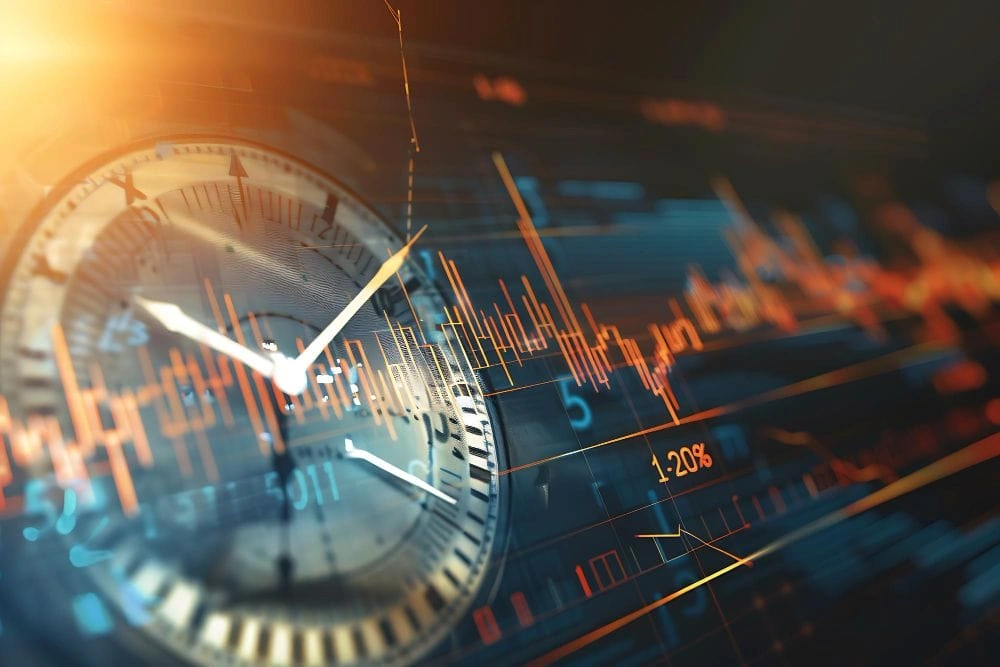Is Crypto Trading Time Sensitive? It Might Matter More Than You Think
Is Crypto Trading Time Really That Important?
Let’s be real—crypto trading time isn’t the most exciting phrase out there. But… what if it’s actually one of the most underrated factors shaping your trades? Sure, the crypto market runs 24/7, 365 days a year. No opening bell, no ringing the closing gong. Still, the idea that “you can trade anytime” doesn’t mean all times are equal.
There are clear peaks and valleys in market activity. Different time zones—Asia, Europe, the US—bring their own wave of volume and volatility. Miss the wave, and you’re paddling in still water.

Crypto Trading Time Affects Volatility and Liquidity
Crypto trading time isn’t just about convenience—it literally shapes how coins move. During high-activity windows—like when the U.S. and European markets overlap—you’ll notice more liquidity, faster fills, and tighter spreads. That’s great if you’re day trading or scalping.
But what happens at 3 a.m. UTC when half the world’s asleep? You might see fewer trades, wider spreads, and odd price swings that don’t reflect broader market sentiment. Some say those late-night moves are just noise—others say they’re hidden opportunities.
Both might be right. It really depends on your strategy… and your sleep schedule.

Not All 24 Hours Are Equal—Timing Can Make a Difference
This sounds obvious, but it needs to be said: just because crypto doesn’t close doesn’t mean you should always be trading. There are times when the market feels alive, and times when it feels like a ghost town.
Let’s say you’re trading on Binance and you’re based in Southeast Asia. Your “normal” hours might actually fall outside peak U.S. trading hours—meaning you’re often reacting late to the big moves. Meanwhile, traders in London or New York may be catching those surges in real time.
You could argue that this trading time gap creates inefficiencies—opportunities even. But only if you’re aware of it. If not, you’re potentially trading blindfolded.


So… Should You Build a Schedule Around Crypto Trading Time?
Honestly? Maybe. It depends on your goals. If you’re a casual investor, timing might not matter all that much. Long-term holders can ignore the noise and focus on the bigger picture. But if you’re a short-term trader or trying to catch fast-moving plays, then crypto trading time is more than a side detail—it’s the foundation of your whole strategy.
And yes, it’s exhausting. No one wants to live by charts and candles. But some do. Some even build bots that only activate during certain windows—like overlapping U.S./Europe hours—because that’s when the action happens.
Kind of crazy, right?


Final Thoughts: Crypto Trading Time Isn’t Just a Technical Detail
Let’s wrap this up with a little reality check. Yes, the market’s open all day and night, but that doesn’t mean your odds are the same at every hour. Crypto trading time affects the flow of trades, the feel of the market, and even your own psychology. That late-night impulse trade? Probably not your best work.
So take a breath, know the market rhythm, and don’t assume every hour gives you the same edge. The clock’s always ticking—but it’s not always the right time to act.
Relevant news: here




